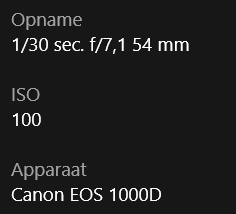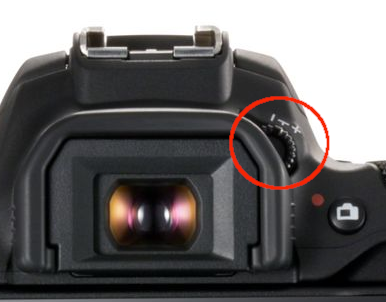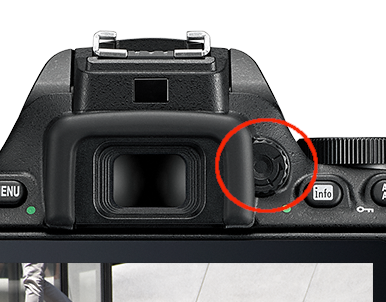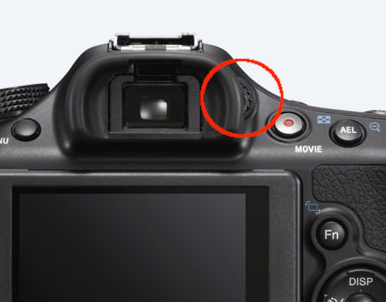Photomag competition - Tutorial Tuesday

Rhaphigaster nebulosa (picture taken by me)
Macrophotography
Macrophotography is fascinating. With some patience you can shoot beautiful pictures, show details that are often lost in a default point and shoot image.
Focus and Depth of Field
An important aspect of macrophotography is getting the focus right. Of course you want every shot to be in focus, whether it is a portrait or a landscape, but with macrophotography the depth of field is so shallow, the thiniest change of camera position can throw the object completely out of focus.
Manual Focus Mode
When taking macro pictures, it is common to set the focus mode to manual, set focus to the max and move the camera closer to or further away from the object to focus exactly on a detail of your object.
You could run into the situation where everything looks perfectly sharp in the viewfinder, but in the generated image things look blurry. If this happens often you may have to adjust the viewfinder. What your eyes see, differs from what the camera sees.
Adjusting the Viewfinder
Most DSLR cameras have an adjustment wheel to make the viewfinder match your eyesight.
The best way to do this is to start with an out of focus setting by randomly turning this small wheel, often found next to the viewfinder (see images below).
Now take an object with a clear structure, like a page of a book, or a ruler. Put your camera in a stable position (by using a tripod for example), look through the viewfinder and use the autofocus function. The object will not be in focus for you, but it will be for the camera.
Start turning the adjustment wheel one step at a time, and see if the object gets more in focus. Keep turning until it gets out of focus again. At that point move one step back to the prior setting.
Push the autofocus button again to see if there is no difference between your focus and the camera's focus.
Your viewfinder is now in sync with your eyesight and the autofocus of your camera.
Locating the adjustment button
Canon
Nikon
Sony
Camera




Thank you for your contribution to the "photocircle" tag
Cheers,
@photocircle Team
Check out this post for information on all the Photocircle tags
Learn about this photo curation project by clicking >here
To stop receiving comments then reply
!STOP!You can use 18-55mm lens. Reverse the lense and buy one ring for this work. You will be very closer and closer. Check youtube. He he
Thanks for stopping by.
If you have time to read my older posts you will see that I have already experimented with that :)
Nowadays I am using extension rings, there is also a post on that experiment, it works well.
One day I will buy a dedicated macro lens but I want to experiment way more before spending that amount of money.
My post is about being in focus, I am not sure your reverse lens theory relates to that, but who knows it could be helpful to someone who visits this post.
This post has been upvoted by @photomag and it's manual curation trail. To get involved in the future of @photomag please check the @photomag blog. Vote for @markangeltrueman witness here
Photomag is a new proposition by @markangeltrueman on the STEEM blockchain that aims to create a STEEM backed photo magazine website
Thanks a lot!